Header start
- Home
- Admissions
- Undergraduate Admissions
- Admissions Procedures for the PEARL
-
PEARL Student Voices
PEARL Student Voices
Content start
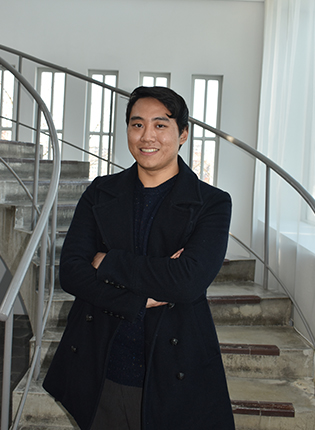
Q1: What makes PEARL stand out from similar international offerings?
Its expertise in economics. You can learn advanced economics in English while taking in the beautiful Japanese culture. I think that is what makes PEARL unique.
Q2: What are your academic interests?
International trade. I’m now working on my graduate thesis focusing on fertility in Korea. In the research seminar to which I belong, I present my research to my peers and professor once in a while, then receive feedback from them. There are always lots of interactions back and forth, and that process enables me to dig deeper into my research.
Q3: What are some of the courses that really stood out to you?
“International trade” by Professor Akira Sasahara. That was the best class I’ve ever taken. The professor is super energetic, very, very kind, and explains everything to us step by step so intuitively. I would pay thousands of dollars just to take that class again.
Q4: What is your campus life and daily life like here?
I belong to a chess club. I think clubs and circles are very important parts of college life, as you can make friends with both international and domestic students there. And if you want to improve your Japanese, joining one of those clubs is a right move.
Mita Campus is located in heart of Tokyo. You can even literally walk to Tokyo Tower from the campus. I have got a great quality of life here.
Q5: What are your plans for after graduation?
I plan on going on to graduate school, and eventually becoming a professor in the future. I have been given exciting opportunities to participate in academic conferences where I can interact with some of the top researchers in international trade. Whether you are working toward a career in academia or the public sector, I believe that PEARL will be a good stepping stone to your goal.
Q6: Any message for prospective students?
Are you willing to commit yourself to studying economics, and build connections with people from all around the world? If yes, PEARL is the perfect place for you.
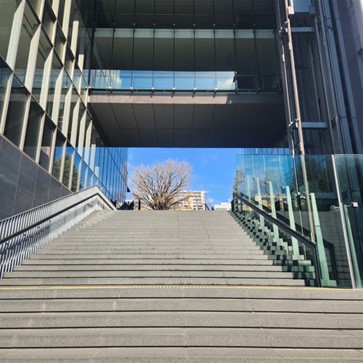
A Typical Day at Keio
8 AM – Waking up!
Everyone wakes up at a different time, but I usually wake up around 8 AM. First period at Keio University starts at 9 AM*, so depending on how far students live from the campus, students wake up earlier! Personally, I live close to the campus, allowing me to enjoy a bit more sleep than other students. However, on the days that I do not have 1st period, I sometimes sleep in. Trust me, more students sleep in rather than being an early bird :P.
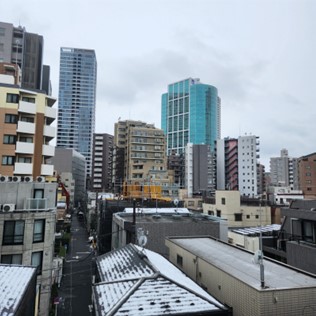
When I wake up, I like to meditate and take a nice long shower. I usually do not eat breakfast, but when I do, I like to make myself oyakodon (親子丼) or scrambled eggs. In Japan, there are many restaurants that serve breakfast such as Sukiya (すき家) or Yoshinoya (吉野家), so when I’m feeling too lazy, I just grab breakfast there.
*Classes at Shonan Fujisawa Campus (SFC) start at 9:25.
9 AM – 12:15 PM Classes
As a fourth-year student, I can take Major Courses that dive deep into a specific field of study in economics. These classes are offered at Mita Campus and are available from your third year.
I only have two classes today: Experimental Economics, and International Trade. Experimental Economics is an intensive course, which means that, although the classes only last for half a semester, it takes up 2 periods. There are a few courses that are like this for students that want to get credits quickly, or want to have more free time in the other semester.
12:15 PM – 1 PM LUNCH!!
This is my favorite time of the day! On Mita Campus, there are 3 different cafeterias and 1 café that offer delicious food for a very affordable price (500 to 1000 yen per meal). The first choice is Yamashoku (山食). Yamashoku offers set meals that feels very homey, is delicious, and has a very deep history. The signature menu here is curry. However, the variant where they add tonkatsu (katsu-curry) is my favorite! (Take a look at the image on the right.).
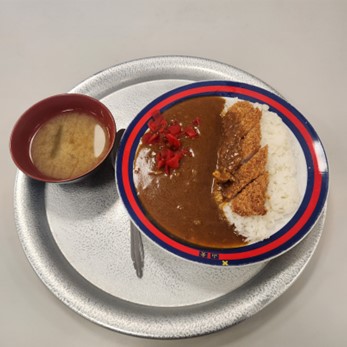
Next option is “The Cafeteria.” (Yes, it is literally called that). Every week, the menu changes, offering diverse cuisines from around the world. In addition, it offers delicious desserts such as cup pudding and more!
The third option is the Co-op Cafeteria. This is a chain of university cafeterias that you can find at most Japanese universities. You can find more about “University Co-op” here.
The final option is Café Hakkakuto which you can find at the Old Library. They do not serve full meals, but this is where you can go for delicious coffee, tea, and desserts.
1 PM – 2:30 PM More Classes
I have more classes today… International Trade. This is my favorite class, so I always look forward to it! I think every student has their favorite class that they look forward to, but for me, it is International Trade.
2:30 PM – 4:00 PM Going for a walk
After class, I like to go on a walk to wind down from all the learning. Mita is a great place to take a walk! You can reach Tokyo Tower and Zōjō-ji temple in just 15 minutes. Also, sometimes I walk to Odaiba. Although it is a long walk of 50 minutes, it is worth it!
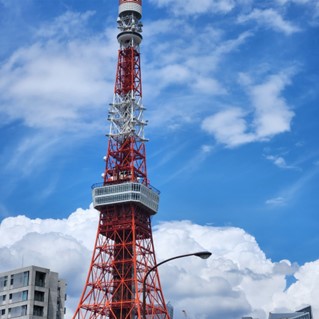
4:00 PM – 8:00PM Part-time Job
In Japan, it is common for university students to have part-time jobs or internships. Some common part-time jobs that students get are at convenience stores, cafés, and restaurants. Also, some students like to tutor English.
In Japan, it is common for university students to have part-time jobs or internships. Some common part-time jobs that students get are at convenience stores, cafés, and restaurants. Also, some students like to tutor English.
8:00PM – 00:00 Free Time
After finishing my part-time job, it is time to unwind and chill. During my leisure hours, I like to hit the gym. I also catch up on my homework or delve into my research for my graduation thesis. Also, I like to play video games or watch Netflix. This is my free time and it differs from day to day.
This is how my normal day looks like in Keio University. Since seminars are a big part in Keio University, I sometimes join the zemi nomikai (drinking parties with seminar classmates) or dinner! I also am part of the Keio Chess Club, so I often go to club meetings as well.
Now it is YOUR time to enjoy the Keio life! I hope to see you on campus! See you!!!
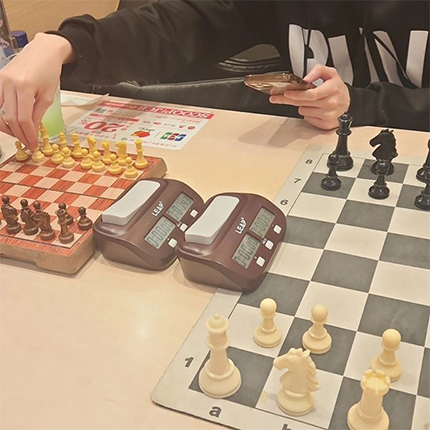
(This interview is from December 2023.)
Footer start
Navigation start


